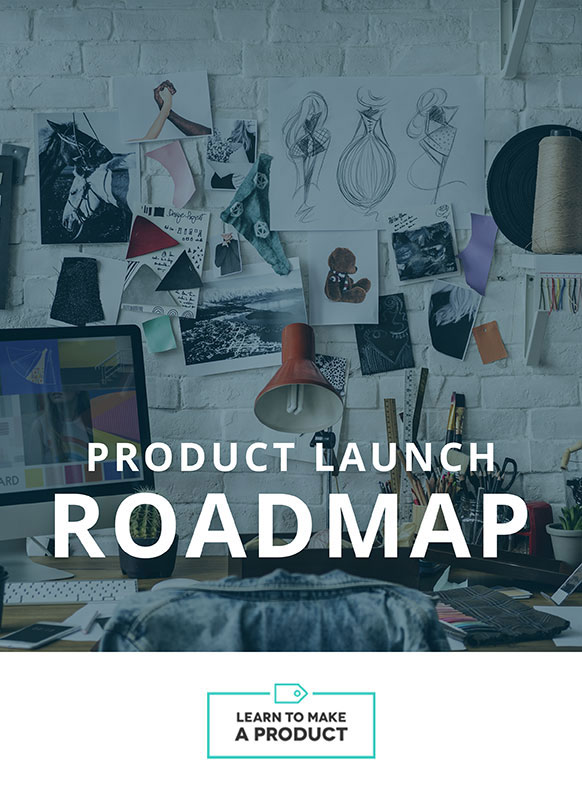This article originally appeared on our Forbes blog
3D printing, which started as a niche service, is now predicted to one day revolutionize the world of production. So it’s no surprise that one of the most common questions I get as a manufacturing consultant is: “Can I use 3D printing to make my product?” For many categories, from shoes to sweaters to eyewear, the answer is yes!
To understand how brands can incorporate this technology into their business models, I interviewed Christian Hartung and Hristiyana Vucheva, cofounders of the Berlin-based 3D printing house VOJD Studios. VOJD specializes in high-end jewelry, accessories, and hardware, with luxury label clients such as Prabal Gurung, Alexander McQueen, and Carolina Herrera.
According to Hartung and Vucheva, there are several clear benefits of choosing 3D printing over traditional manufacturing.
Save Time and Avoid Expensive StartUp Costs
The typical process of developing a custom product, such as a watch band or sole of a shoe, requires that molds be made in order to cast or shape the desired design. Molds often cost thousands of dollars (with most projects requiring multiple molds!), making it an expensive undertaking for any business. And, since they need to be created prior to any product or market testing, they are sunk costs. Even if the product turns out to be a dud, there’s no way to recoup what you’ve already spent.
3D printing eliminates this step, as materials are printed directly onto a surface to create a product. When VOJD teamed up with Alexander McQueen to make a limited-edition umbrella handle, what would have normally cost upwards of $10,000 in mold fees was reduced to several hundred dollars in setup fees.
Easily Customize Your Offerings
Another exciting aspect of 3D printing is that brands can more easily customize their offerings, as well as offer limited-edition collections. 3D is ideal for creating one-off pieces and small batch runs because of the reduced upfront costs and minimal reliance on physical labor, factors that drive up order volumes at a traditional factory.
Thanks to 3D printing, VOJD client AKRIS was able to produce a special collection of architectural rings (printed in silver and polyamide) for their runway shows. Another client, Ferrari Concept, 3D printed a short run of colorful eyewear for Paris Fashion Week last year. In a conventional setting, both of these projects would have required substantially longer development and production times!
Some companies are using 3D to opt for a “made to measure” approach, creating custom garments or products using a customer’s sizing information. As the technology behind this approach becomes more readily available for both brands and factories, it could dramatically change the way we shop. Instead of having to fit into pre-determined sizes that may or may not work for a particular body type, the buyer is able to dictate exactly how they want a garment to fit. The approach also benefits stores, who can reduce waste by carrying less inventory and more speedily eliminate styles that don’t sell.
Experiment With New Materials
Another benefit of 3D manufacturing is that the costs and potential for low order volumes make it ideal for testing new materials. When Spanish luxury brand Loewe wanted a unique bracelet for a menswear campaign, VOJD was able to experiment with a newly developed ceramic compound. The result was a bold yet lightweight interlocking chain, printed as a single piece which required no assembly.
Even if 3D printing is not the long-term strategy for a specific product or collection, it’s flexibility allows companies to test new concepts prior to investing in large production runs.
More freedom to experiment results in more innovation, less waste (as testing on a specific material can be done prior to mass production), and ultimately greater customer satisfaction. This makes 3D a win-win for both buyers and suppliers!
